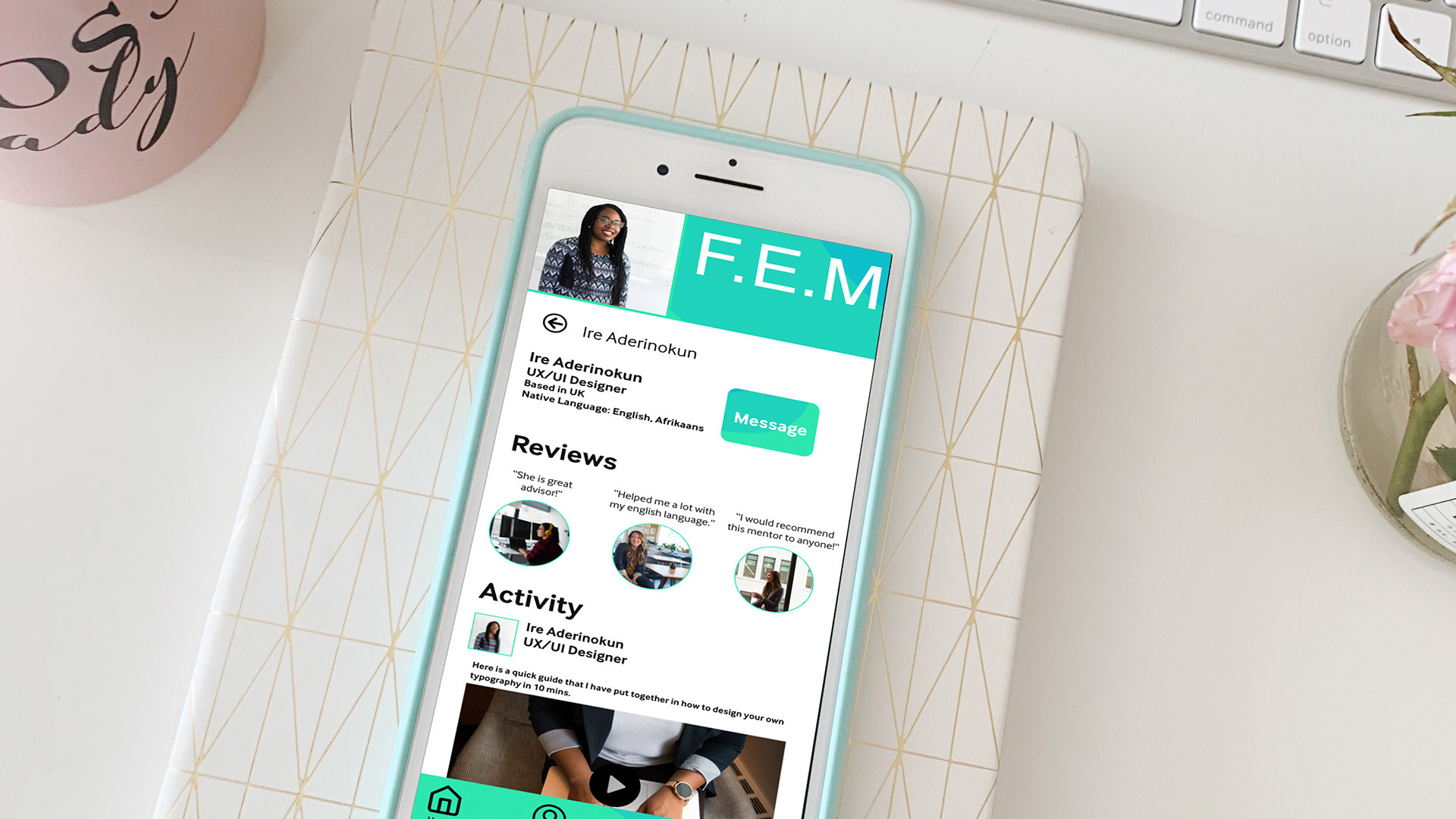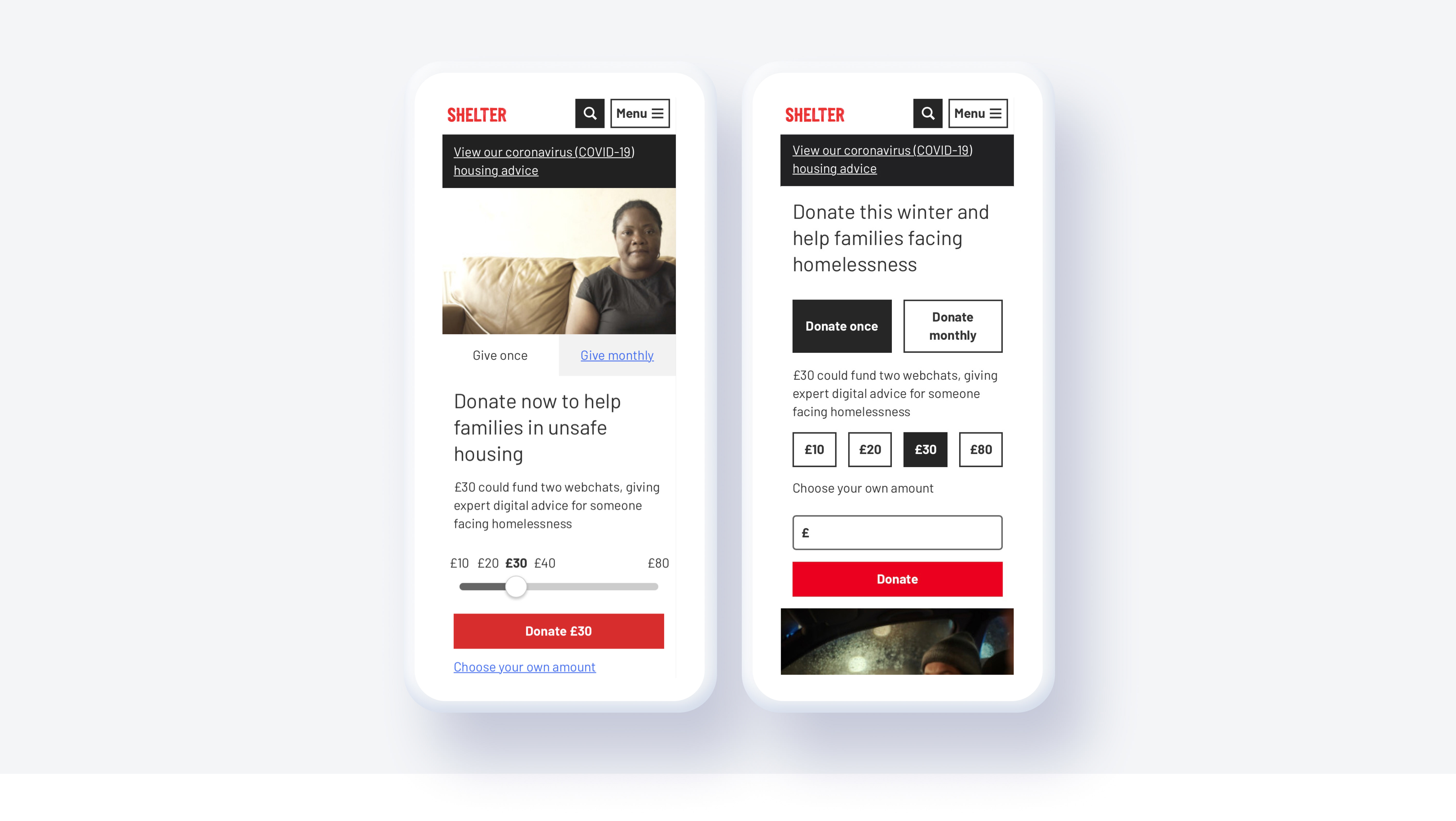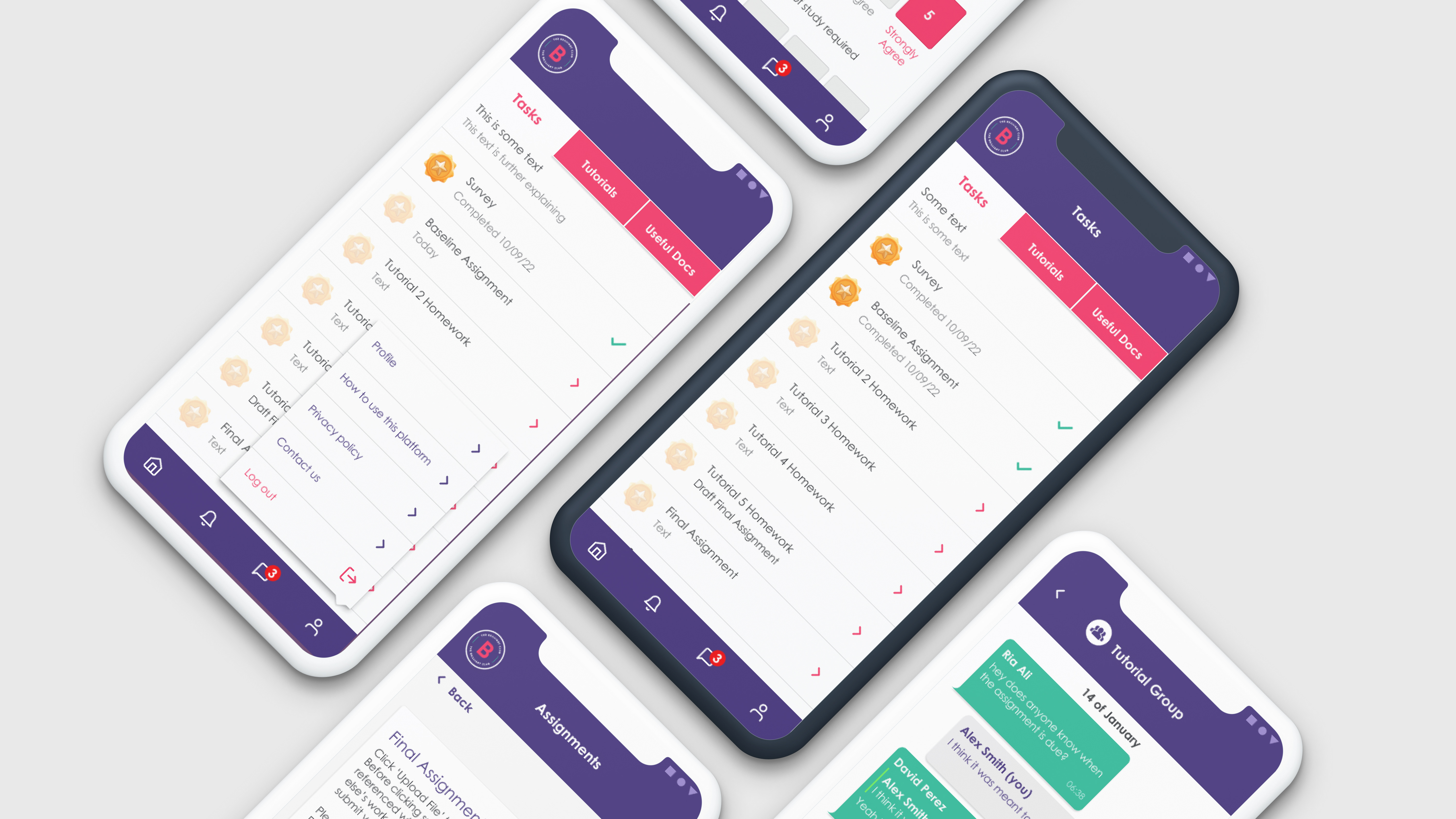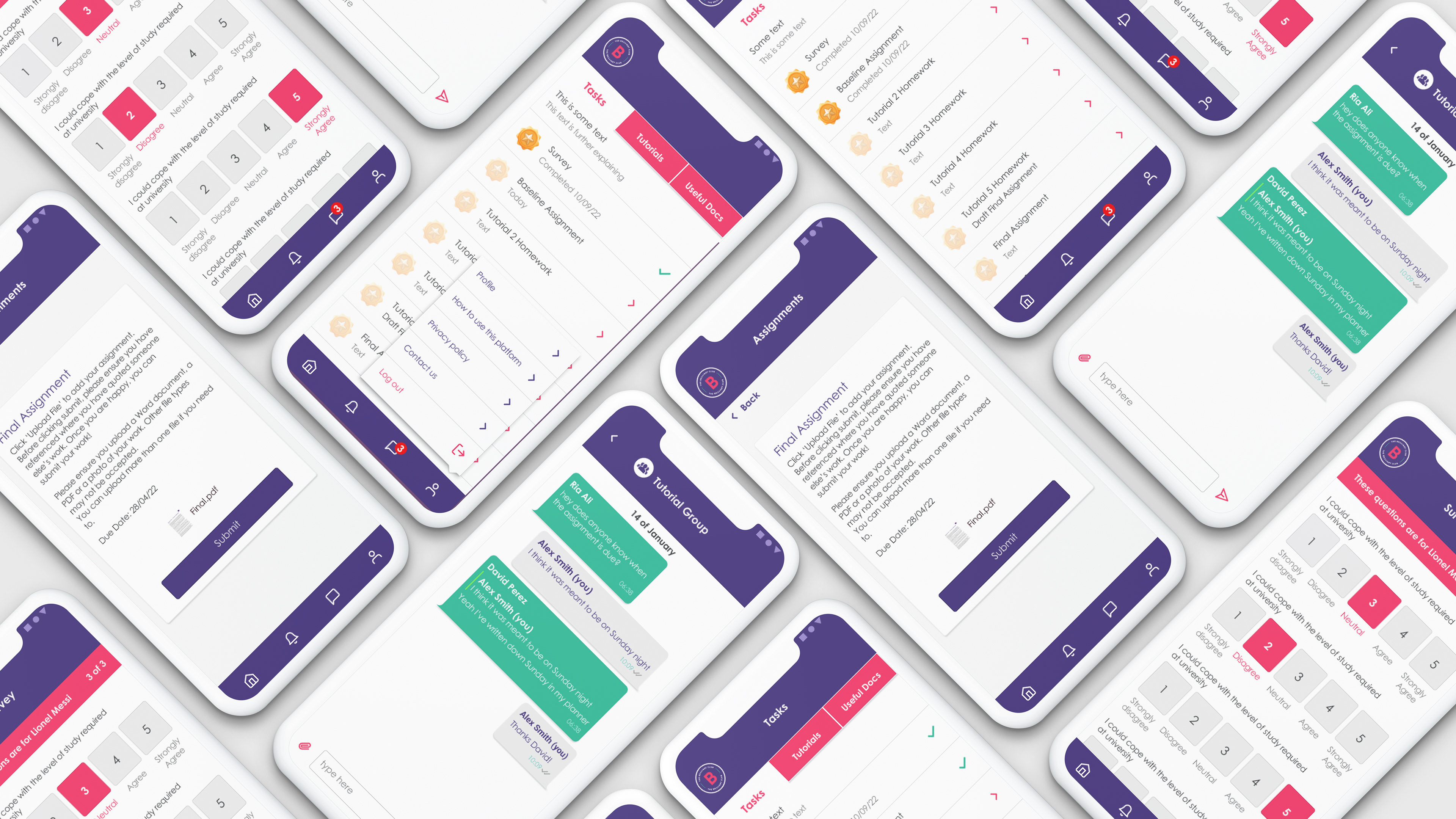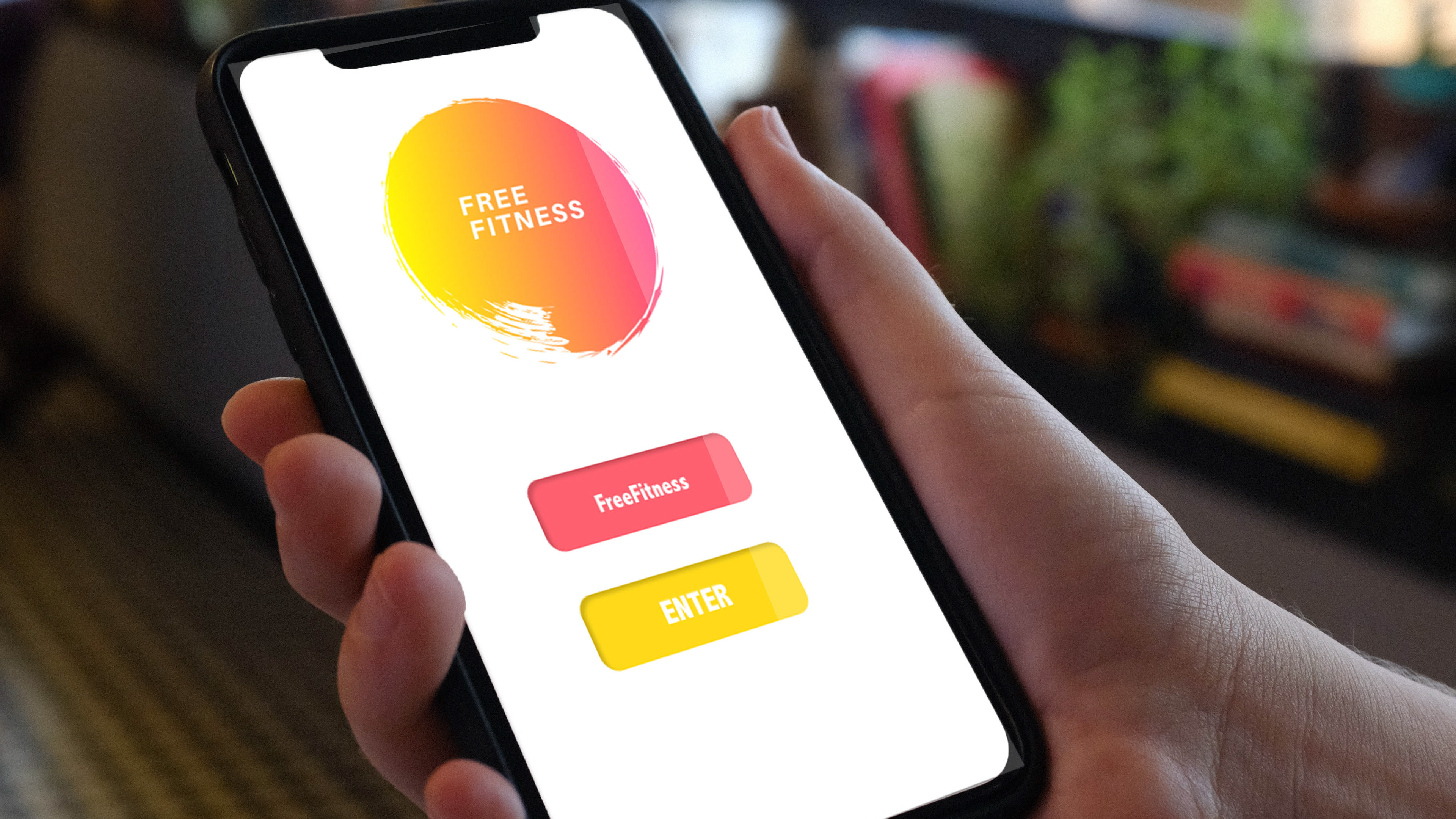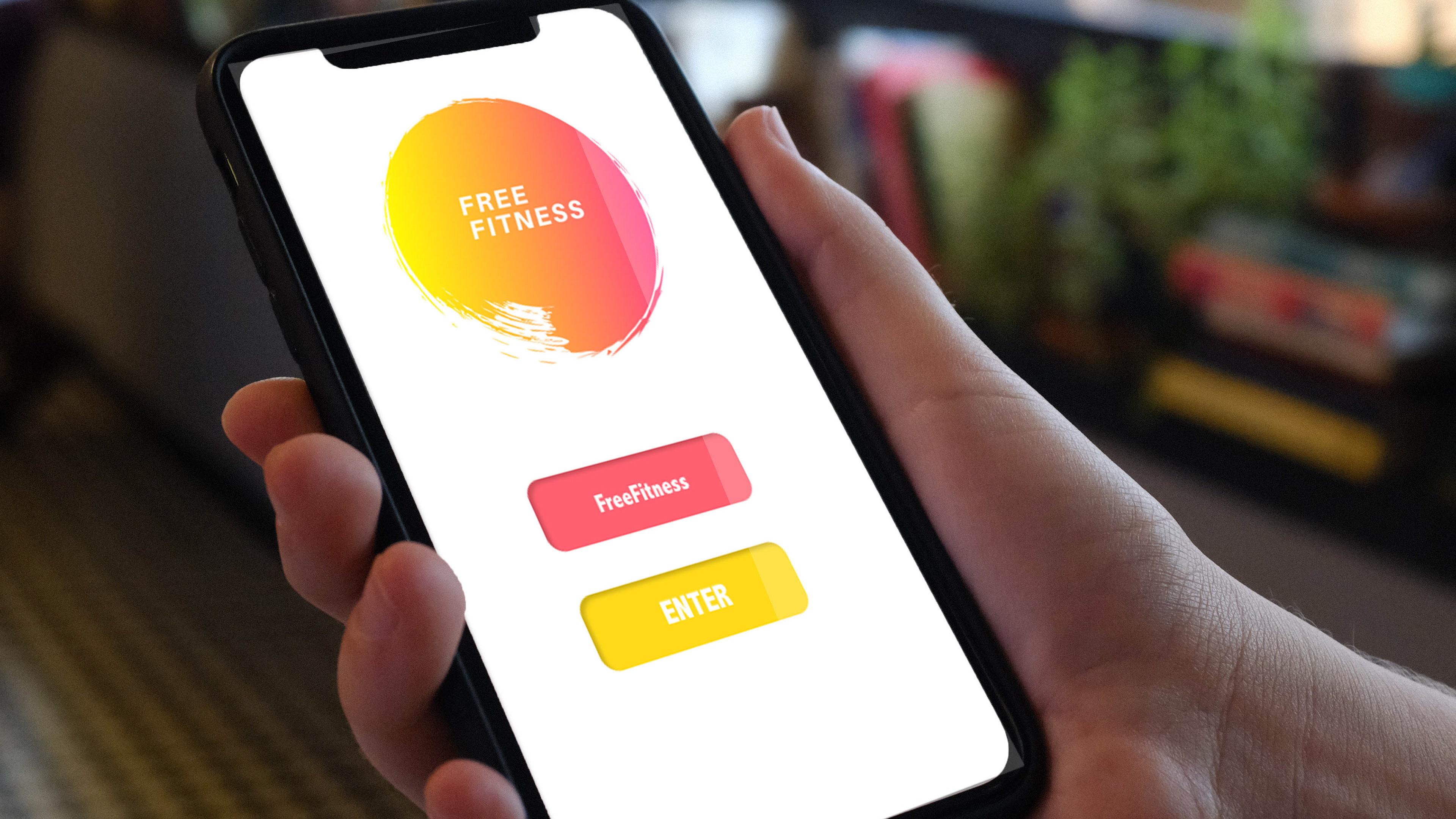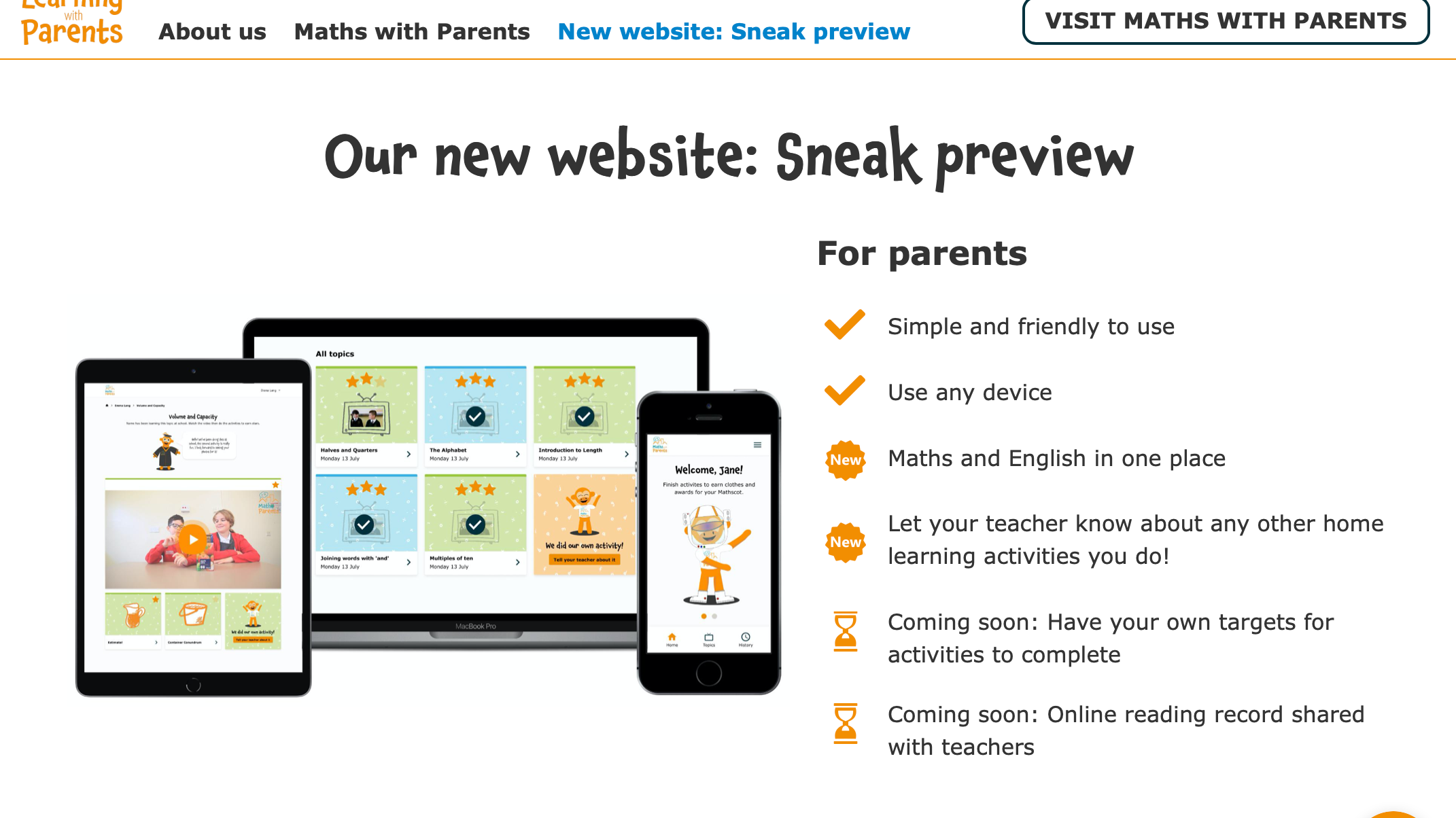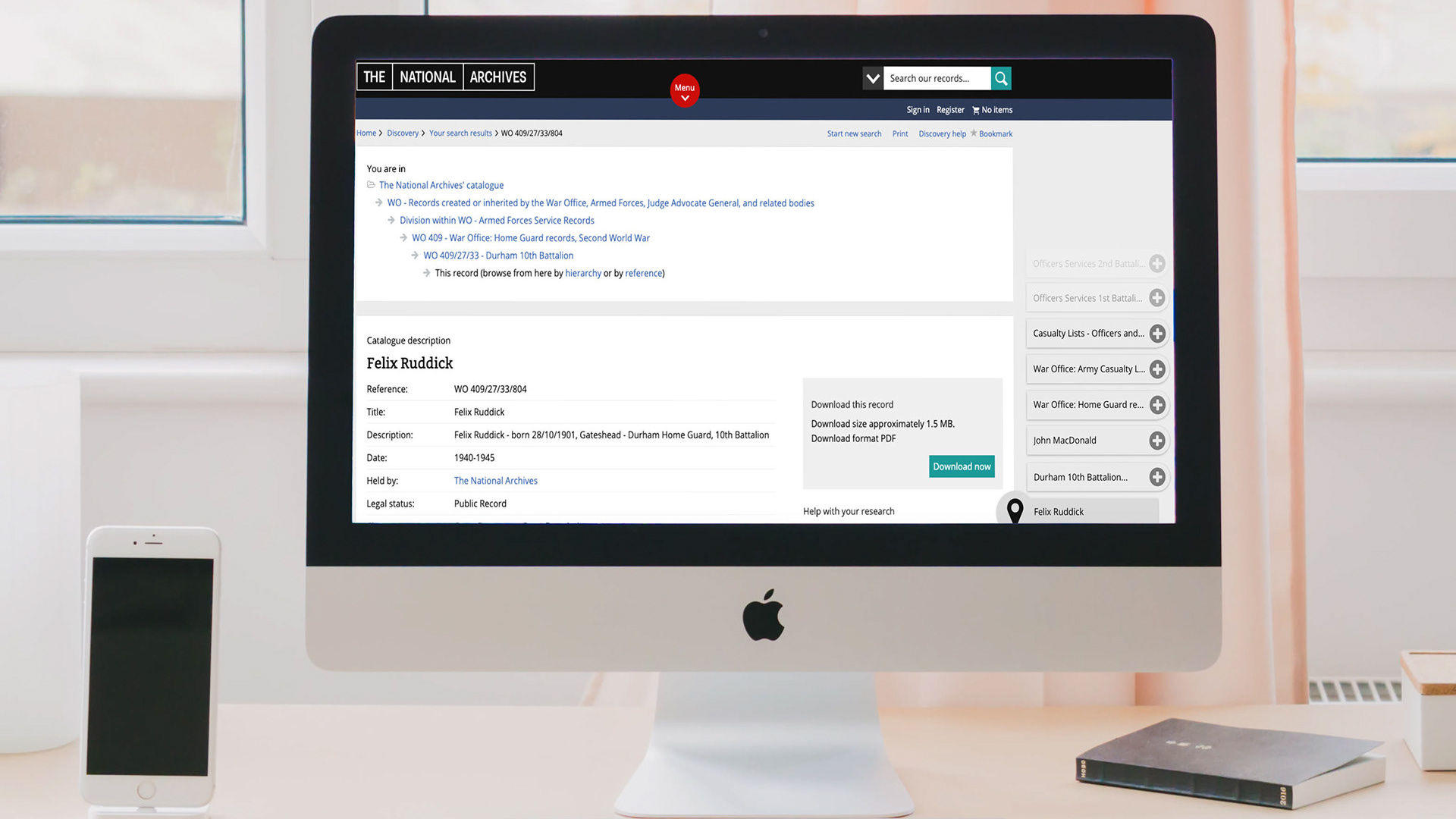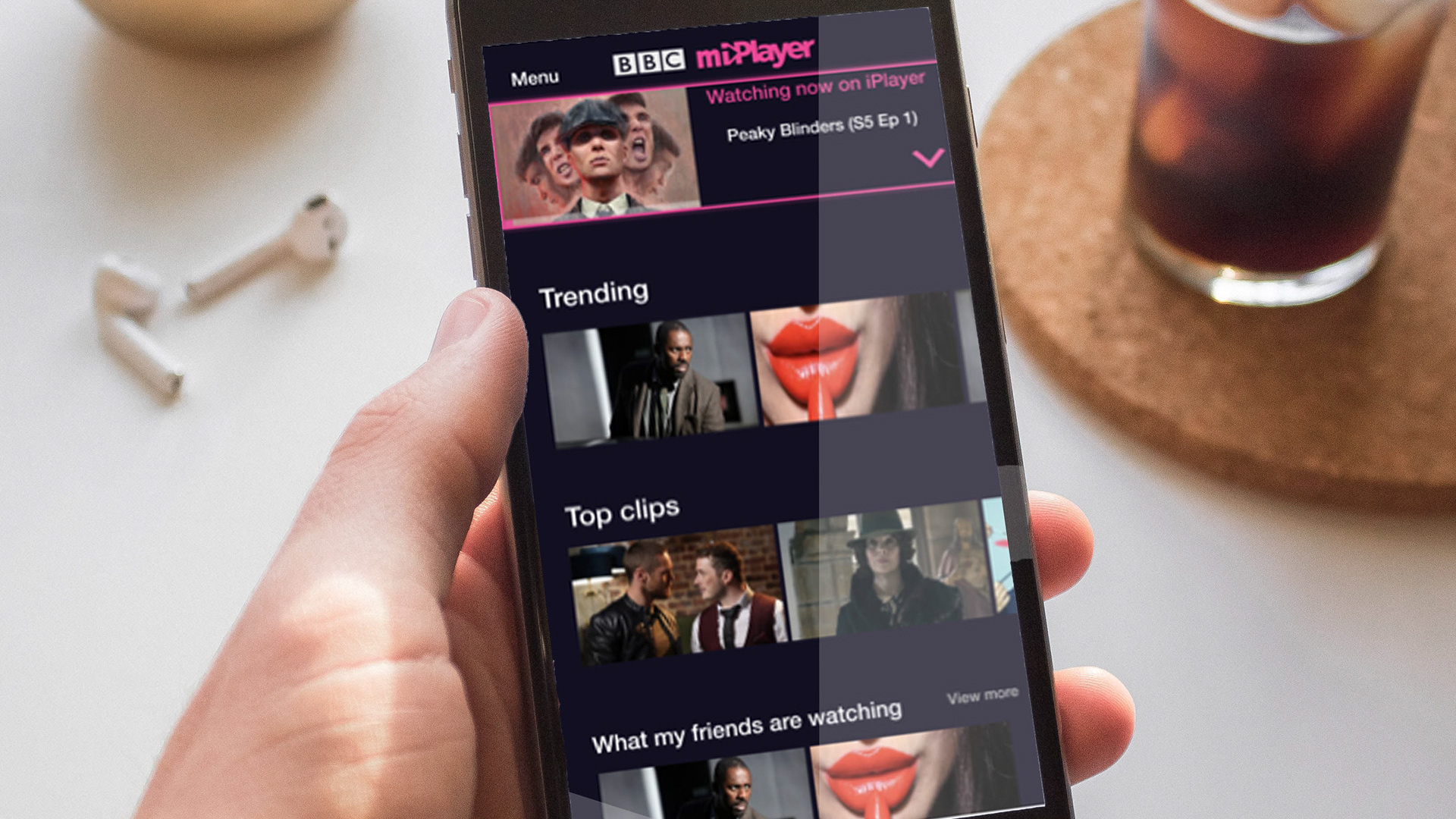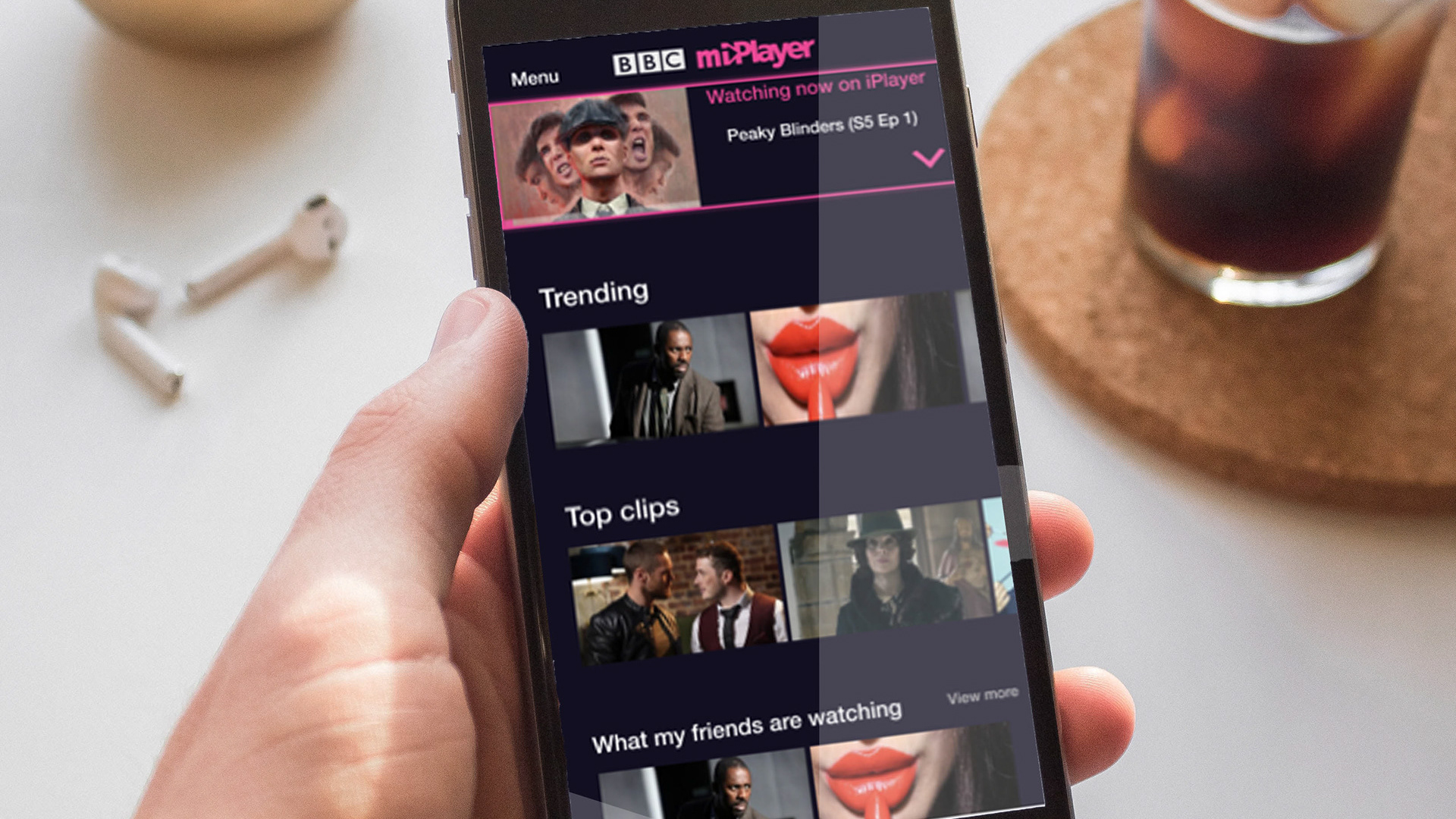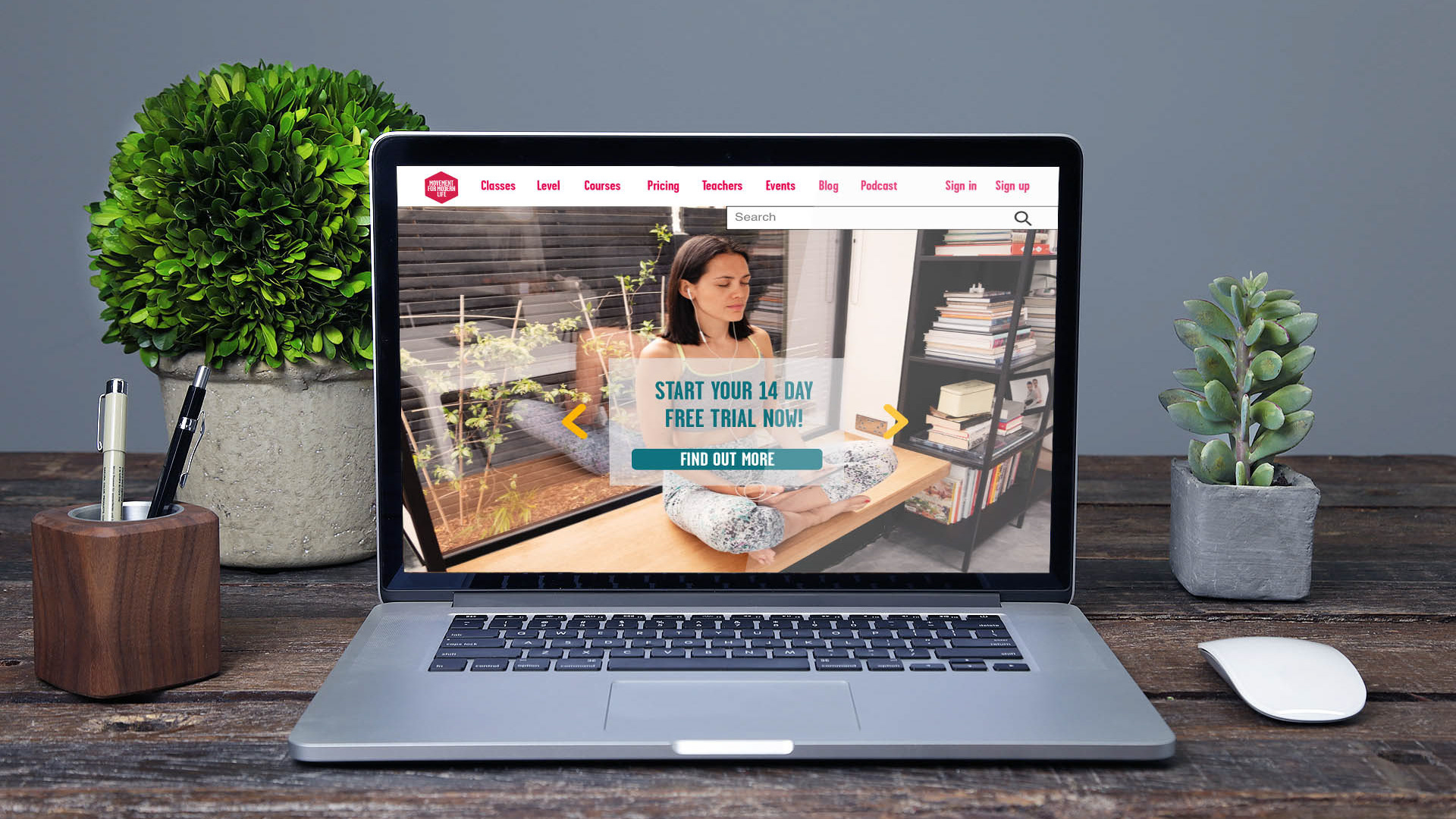This is the final version of the first of three posters. I used a prototyping tool called Figma for this project.
I used chunking to separate the 'Problem Statement' from the 'Data' and the 'Why?'.
I felt it was important to explain concisely why it was important to help small independent businesses thrive. While looking for data on the importance of small independent businesses on the local high street, I found an article by The Institute for Local Self Reliance: https://ilsr.org/why-support-locally-owned-businesses/.
I also used headings to differentiate the titles from the main content. As an experiment, I broke the consistency rule on the 'Why?' paragraph by extending the margins and giving the text a flatter, longer appearance reminiscent of a 'base'. Later in the process, I decided to eliminate the shadowed #1 on the background as it made the design look busy and unclear.
I also changed colour patterns several times and only got to this stage while working on this assignment's second phase (poster). The illustrations are part of a free plugin within Figma called "Blush.'
For this phase, I felt it was easier to continue developing the posters as I had moved on from the ‘blank sheet of paper stage’ and already had something in mind to create.
I occasionally hesitated about my colour combinations and how I could represent the ideas from the creative session.
Communicating my creative process was tough as I tend to work and make corrections as I go along. I am happy to work on a design for hours, but recording and describing the process is complicated.
I chose to prototype an application because the alternative was to design a service, and I felt more confident developing an interactive prototype.
The criteria I used to evaluate the success of my concept was how user-friendly and inclusive it was. For my idea to be truly accessible and user-friendly, I had to use tools such as a contrast checker. I used this to check the readability of the text.
I also carried out user testing and asked for feedback regularly. This was all very informal, but I relied on it. I need to observe and see how others react to my designs. This is not to say that I can take on board everyone's ideas, but there's room for constructive ideas, and they can often guide me at specific points in the design process. I'd say that this makes me a design manager, a democracy in which I take the last decision.
While making the final poster, I considered that I could have used a different orientation than the one I'd chosen (i.e. landscape rather than portrait). However, I found myself short on space, which made it more challenging to let the app stand out. And I'd chosen to use the same colour pattern for both poster and concept design (app), which I could've done differently on reflection.
